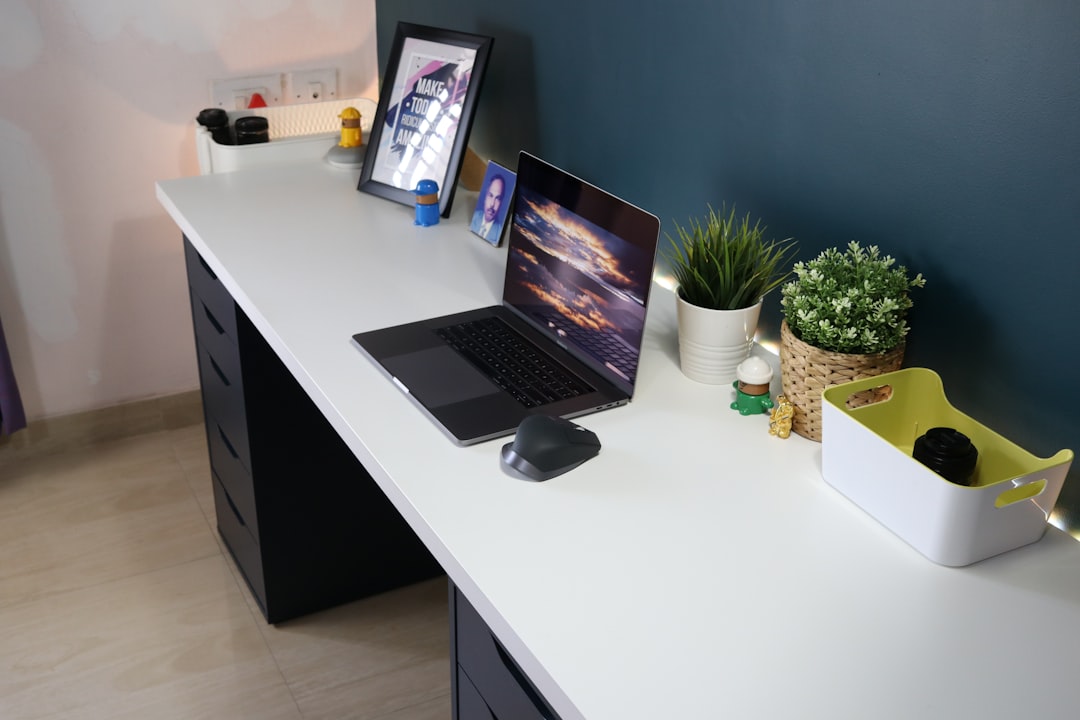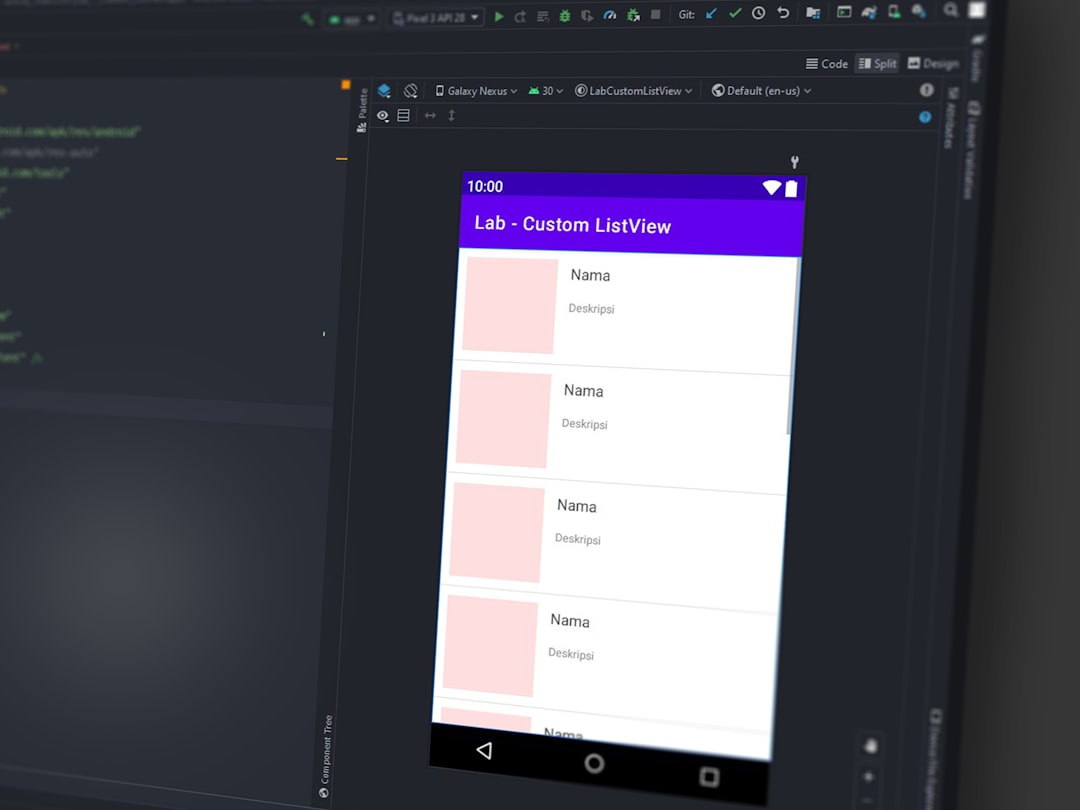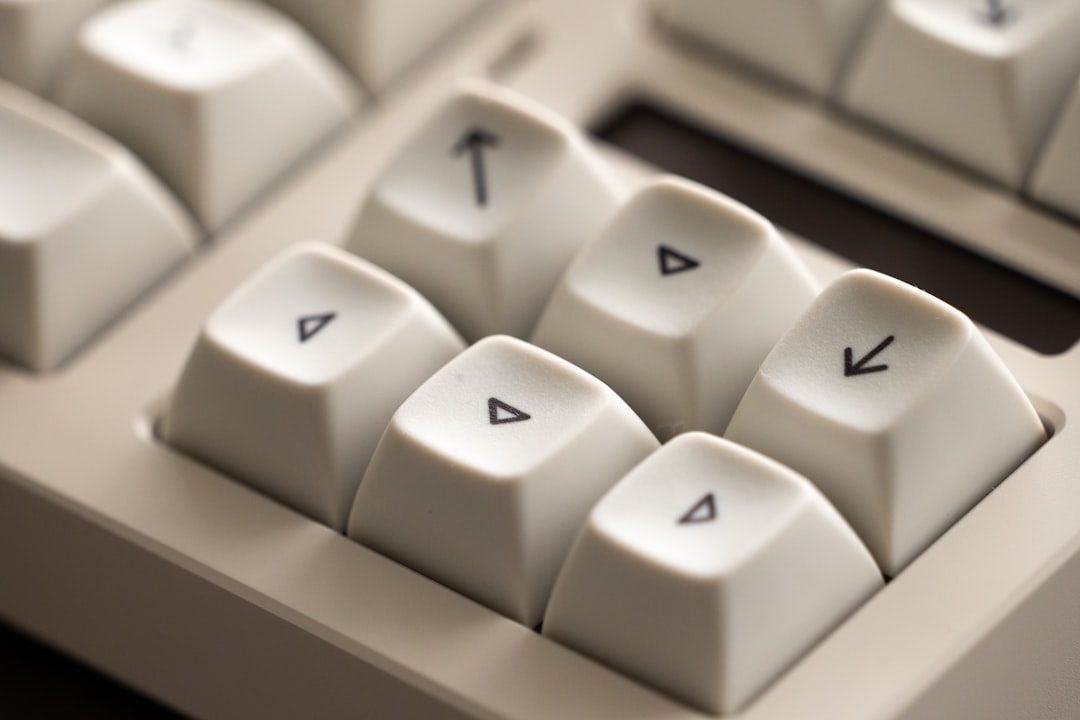In today’s remote-working and screen-centric world, creating a comfortable, ergonomic workspace is no longer a luxury—it’s a necessity. Among the many improvements one can make to a workstation, few are as immediately beneficial as an under desk keyboard tray. It’s a simple addition that has a wide-reaching impact on posture, productivity, and general well-being.
Why Ergonomics Matter
Ergonomics is the science of designing a workspace to fit the user—rather than forcing the user to adapt to the workspace. Poor ergonomics can lead to a variety of issues, including:
- Repetitive strain injuries (RSIs)
- Chronic neck and back pain
- Fatigue and reduced efficiency
- Carpal tunnel syndrome
Incorporating an under desk keyboard tray addresses several of these problems by ensuring that one’s hands, arms, shoulders, and neck align properly during use.
The Benefits of an Under Desk Keyboard Tray
Installing a dedicated keyboard tray underneath your desk may seem like a minor tweak, but its impact can be profound. Here are the primary ways it helps:
1. Improved Ergonomic Positioning
Most desks are not designed with keyboard height in mind. Standard desktops position keyboards too high, forcing users to hunch their shoulders or elevate their arms unnaturally. A keyboard tray allows for precise height adjustment, so the keyboard can sit at elbow level, promoting a neutral wrist position.
2. Better Posture
By letting users position their keyboard and mouse at the correct height and distance, keyboard trays encourage a relaxed posture. This minimizes slouching and shoulder rounding, reducing long-term strain on the spine.
3. Maximized Desk Space
Placing the keyboard and mouse beneath the desk frees up valuable surface area. This extra real estate can then be used for documents, writing, or even that essential coffee cup.
4. Flexibility and Comfort
Modern keyboard trays often come with features like tilt adjustment, 360-degree swivel, and even mouse platforms. These features provide users total freedom to customize their setup to their preferred typing angle and right or left hand usage.
5. Enhanced Typing Efficiency
A properly positioned keyboard results in faster, more accurate typing. Users don’t have to stretch or strain, translating into longer, more comfortable working hours with fewer breaks caused by discomfort or fatigue.

Types of Under Desk Keyboard Trays
Not all keyboard trays are created equal. Depending on individual preferences, desk designs, and needs, there are several options to consider:
- Standard Slide-Out Trays: These trays are the most common variety, designed to slide in and out smoothly on rails beneath the desk.
- Adjustable Height Trays: Greater control over height and tilt with built-in locking mechanisms to maintain desired positioning.
- Mouse Platform Add-Ons: Some trays come with a built-in or detachable mouse surface, allowing for extra comfort and flexibility.
- Compact or Portable Trays: Designed for people short on space or working from mobile setups, these trays attach temporarily or with clamps.
Choosing the right tray depends on your workspace configuration and whether you prefer standing desks, corner desks, or height-adjustable workstations.
How to Install a Keyboard Tray
For many users, the prospect of installation may deter the purchase of a keyboard tray. However, most trays are designed for user-friendly installation with basic tools. Here’s a high-level overview of the process:
- Identify the location under your desk where the tray should be installed—centrally placed and reachable comfortably while seated.
- Use a measuring tape to ensure that the tray will fit without hitting drawers or table supports.
- Align the rails or support arms using the provided template or by manually measuring before drilling holes.
- Secure the hardware and mount the tray using provided screws. It often takes just 15 to 30 minutes.
Some models are even clamp-on keyboard trays, which don’t require drilling and can be installed or removed easily, perfect for temporary workstations or rental spaces.

Ergonomic Setup Tips
Installing a keyboard tray is only part of achieving an ergonomic desk setup. To get the full benefits, consider the following tips:
- Maintain a 90-degree angle at your elbows while typing, with forearms parallel to the ground.
- Your wrist should remain neutral, not bent upward or downward.
- Keyboard tilt should be slightly negative (tilted away from you) for most users. This reduces wrist extension.
- Mouse placement should be near the keyboard and also on a tray platform, ensuring you don’t overreach.
- Pair the setup with an ergonomic chair and ideally a monitor riser for proper screen height.
Who Should Use an Under Desk Keyboard Tray?
Almost anyone who spends more than a couple of hours a day at a computer can benefit from a keyboard tray, but certain groups stand to gain the most:
- Remote workers: Especially those who use makeshift desks like kitchen tables or dining areas.
- Gamers: Long gaming sessions can lead to serious strain without proper wrist and arm support.
- Office employees: Whether in an open office or cubicle, a tray can complement adjustable chairs and desks for long-term comfort.
- Writers and programmers: Frequent typing by these professionals can lead to RSIs if not properly mitigated.

Conclusion
An under desk keyboard tray may not be the flashiest piece of equipment in your office, but its impact is quietly revolutionary. By improving posture, reducing strain, and enhancing typing comfort, it becomes an essential tool for anyone serious about maintaining a healthy and productive workstation. In a world increasingly defined by screen time, small ergonomic changes create a big difference, and the keyboard tray is often the best place to start.
Frequently Asked Questions (FAQ)
-
Q: Are keyboard trays compatible with all desks?
A: Most keyboard trays can be mounted on standard flat-bottom desks. However, desks with drawers or crossbars may limit installation options. Clamp-on models offer flexibility for tricky surfaces. -
Q: Will a keyboard tray support both keyboard and mouse?
A: Many trays include an integrated or separate mouse platform to accommodate both. When selecting a model, ensure it’s wide enough and designed for dual-device use. -
Q: Is it difficult to install an under desk keyboard tray?
A: Most trays come with comprehensive instructions and take less than 30 minutes to install with common tools like a screwdriver or drill. Clamp-based trays are even easier. -
Q: Are there adjustable trays for standing desks?
A: Yes, some trays are designed with standing desks in mind and include adjustable height, tilt, and even the ability to move side-to-side to suit different stances. -
Q: Will using a keyboard tray actually make a difference?
A: Absolutely. Users often report immediate relief from wrist and shoulder discomfort and improved posture after switching to a keyboard tray.
I’m Sophia, a front-end developer with a passion for JavaScript frameworks. I enjoy sharing tips and tricks for modern web development.
